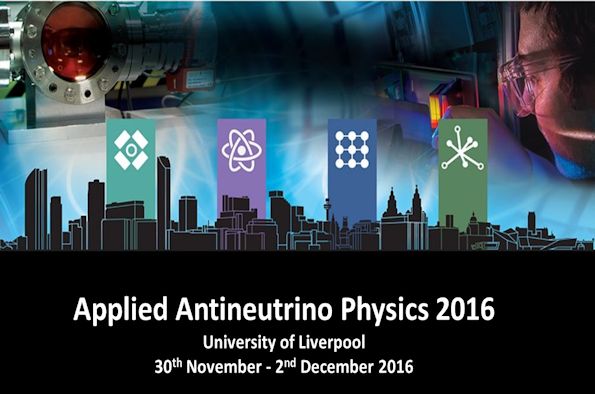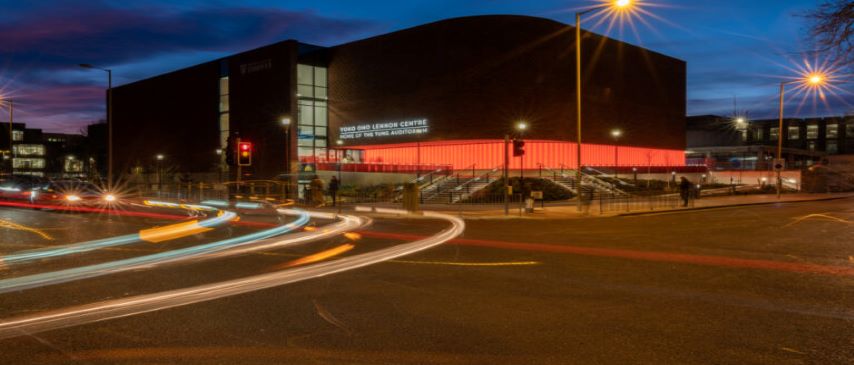
Applied Antineutrino Physics 2016
- Dr Jon Coleman
- Admission: £170.00
- Book now
Add this event to my calendar
Click on "Create a calendar file" and your browser will download a .ics file for this event.
Microsoft Outlook: Download the file, double-click it to open it in Outlook, then click on "Save & Close" to save it to your calendar. If that doesn't work go into Outlook, click on the File tab, then on Open & Export, then Open Calendar. Select your .ics file then click on "Save & Close".
Google Calendar: download the file, then go into your calendar. On the left where it says "Other calendars" click on the arrow icon and then click on Import calendar. Click on Browse and select the .ics file, then click on Import.
Apple Calendar: The file may open automatically with an option to save it to your calendar. If not, download the file, then you can either drag it to Calendar or import the file by going to File >Import > Import and choosing the .ics file.
A Reception will be held on the evening of the Wednesday 30th November, in the Victoria Gallery and Musuem. With a chance to explore the World in a Particle Exhibition, charting the contribution of the University of Liverpool to the field of Particle Physics - Past, Present and Future.
The Applied Antineutrino Physics workshops are focused on applications of neutrinos such as safeguards, non-proliferation, geophysics, remote detection of reactors, including relevant technology developments. As a result of these workshops and the recent interest in sterile neutrinos, several small antineutrino detectors, designed explicitly for operation very close to a reactor, are being built or operated worldwide. Applications to the detection of hidden nuclear reactor and nuclear explosion are also being investigated.
The field of geoneutrinos made significant progress over the last ten years thanks to the measurements by KamLAND and Borexino. Future experiments will further improve these results and constrain Earth models.
